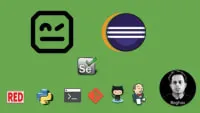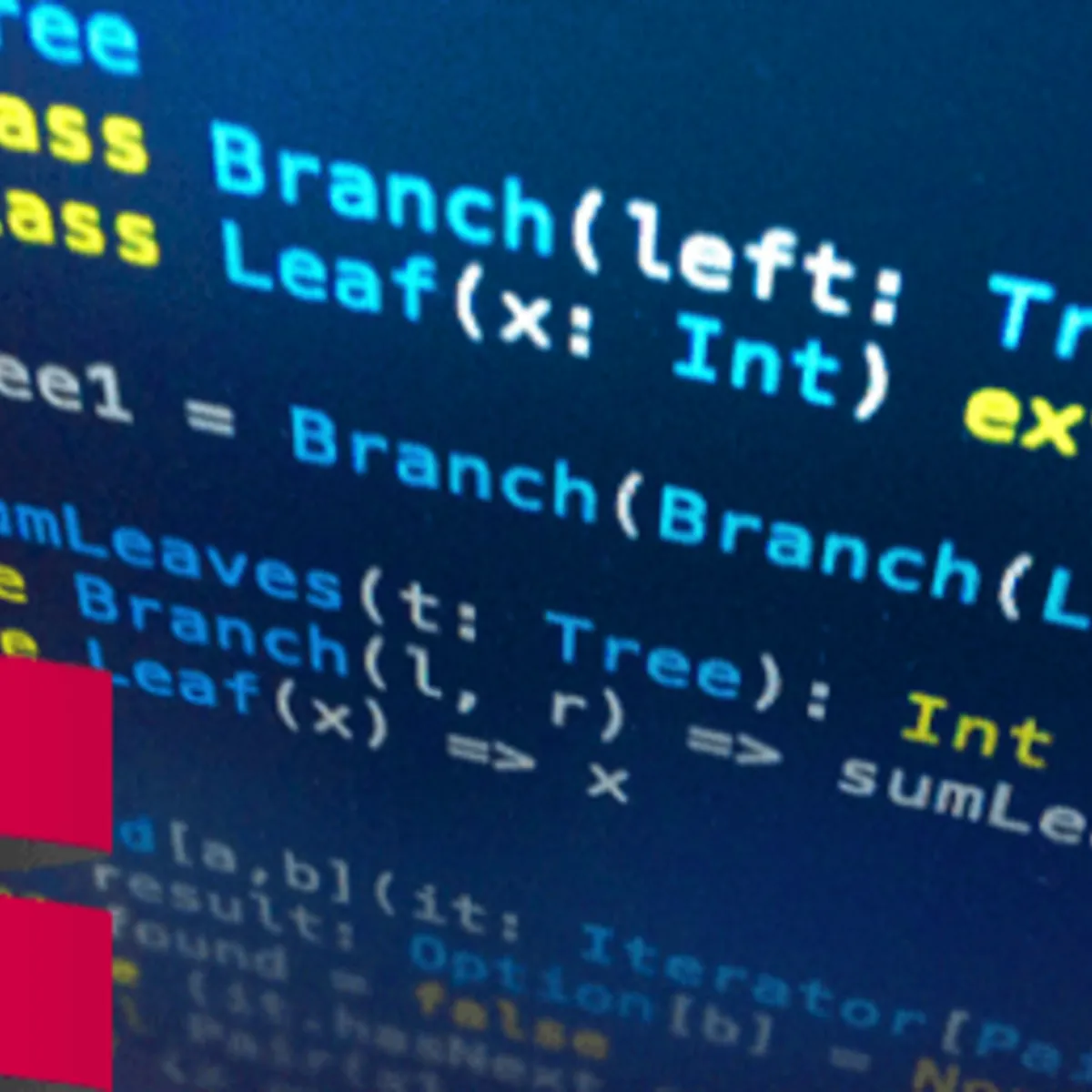
Python OOP : Object Oriented Programming in Python 
This course provides an introduction to Object Oriented Programming (OOP) in Python, covering topics such as scripting for projects, automation, and interview questions. It is suitable for both beginners and advanced users. ▼
ADVERTISEMENT
Course Feature
![]() Cost:
Cost:
Free
![]() Provider:
Provider:
Udemy
![]() Certificate:
Certificate:
No Information
![]() Language:
Language:
English
Course Overview
❗The content presented here is sourced directly from Udemy platform. For comprehensive course details, including enrollment information, simply click on the 'Go to class' link on our website.
Updated in [March 06th, 2023]
This course, Python OOP: Object Oriented Programming in Python, provides an in-depth look at Python's Object Oriented features. Participants will gain a good understanding of Python's Object Oriented features and how to implement them. Topics covered include creating objects and writing classes, examples of inheritance and polymorphism, data concealment, class variables, class methods, and static methods, as well as examples of property, MRO, and super().
[Applications]
After completing this course, students should be able to apply the concepts of Object Oriented Programming in Python to their own projects. They should be able to create objects and write classes, as well as understand the concepts of inheritance and polymorphism. Additionally, they should be able to use data concealment, class variables, class methods, and static methods, as well as understand the concepts of property, MRO, and super().
[Career Paths]
1. Python Developer: Python Developers are responsible for writing and testing code, debugging programs and implementing software solutions. They use Python to develop software applications, websites, and other programs. Python Developers must have a strong understanding of Object Oriented Programming (OOP) and be able to create efficient, reusable, and reliable code. As the demand for Python Developers continues to grow, the job market is expected to remain competitive.
2. Data Scientist: Data Scientists use Python to analyze large datasets and uncover patterns and trends. They use Python to develop algorithms and models to predict outcomes and make decisions. Data Scientists must have a strong understanding of OOP and be able to use Python to create efficient, reusable, and reliable code. As the demand for Data Scientists continues to grow, the job market is expected to remain competitive.
3. Machine Learning Engineer: Machine Learning Engineers use Python to develop algorithms and models to automate tasks and make decisions. They must have a strong understanding of OOP and be able to use Python to create efficient, reusable, and reliable code. As the demand for Machine Learning Engineers continues to grow, the job market is expected to remain competitive.
4. AI Developer: AI Developers use Python to develop algorithms and models to automate tasks and make decisions. They must have a strong understanding of OOP and be able to use Python to create efficient, reusable, and reliable code. As the demand for AI Developers continues to grow, the job market is expected to remain competitive.
[Education Paths]
1. Bachelor of Science in Computer Science: This degree path provides students with a comprehensive understanding of computer science fundamentals, including programming languages, algorithms, data structures, operating systems, and software engineering. It also covers topics such as artificial intelligence, machine learning, and computer graphics. As technology advances, the demand for computer science professionals is increasing, making this degree path a great choice for those looking to pursue a career in the field.
2. Master of Science in Data Science: This degree path focuses on the application of data science techniques to solve real-world problems. It covers topics such as data mining, machine learning, and predictive analytics. Students learn to use Python and other programming languages to analyze large datasets and develop models to make predictions. This degree path is ideal for those looking to pursue a career in data science or analytics.
3. Master of Science in Artificial Intelligence: This degree path focuses on the development of intelligent systems and their applications. It covers topics such as natural language processing, computer vision, robotics, and machine learning. Students learn to use Python and other programming languages to develop algorithms and models that can be used to solve complex problems. This degree path is ideal for those looking to pursue a career in artificial intelligence or machine learning.
4. Doctor of Philosophy in Computer Science: This degree path provides students with an in-depth understanding of computer science fundamentals, including programming languages, algorithms, data structures, operating systems, and software engineering. It also covers topics such as artificial intelligence, machine learning, and computer graphics. This degree path is ideal for those looking to pursue a career in research or academia.
Course Syllabus
Classes and Objects
Magic Methods In Python
Inheritance and Polymorphism In Python
Pros & Cons

Comprehensive enough to understand OOPs

Explanation is simple and on point

Course is short and easy to understand

Explains object oriented programming in Python well

Free course

Trainer is too fast

Sound quality needs to improve

Little slow for beginners

No examples or projects provided

No revision for OOP concepts
Course Provider

Provider Udemy's Stats at AZClass
Discussion and Reviews
0.0 (Based on 0 reviews)
Explore Similar Online Courses

How to Create Paper Art in Procreate: From Sketch to Final Piece (Free Brushes & Files)

Robot Framework Step-by-Step for Beginners

RDBMS PostgreSQL

Intro To PostgreSQL Databases With PgAdmin For Beginners

PostgreSQL: Client Applications

Mastering SQL using Postgresql

Database Design and Basic SQL in PostgreSQL

PostgreSQL: Advanced Queries

Spatial SQL with Postgres : A language for geographers

Learn SQL Using PostgreSQL: From Zero to Hero

PostgreSQL Essential Training

Big Data Analysis with Scala and Spark
 Related Categories
Related Categories
 Popular Providers
Popular Providers
Quiz
 Submitted Sucessfully
Submitted Sucessfully
1. What is the main purpose of Object Oriented Programming in Python?
2. Which of the following is not a feature of Object Oriented Programming in Python?
3. Which of the following is an example of inheritance?
4. What is the acronym for Python's Method Resolution Order?
Correct Answer: MRO


Start your review of Python OOP : Object Oriented Programming in Python